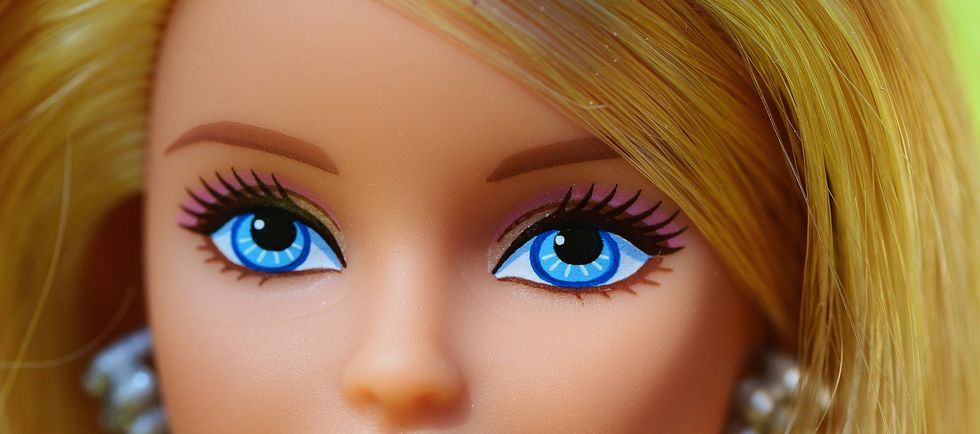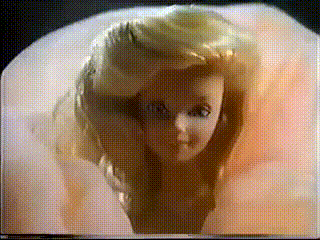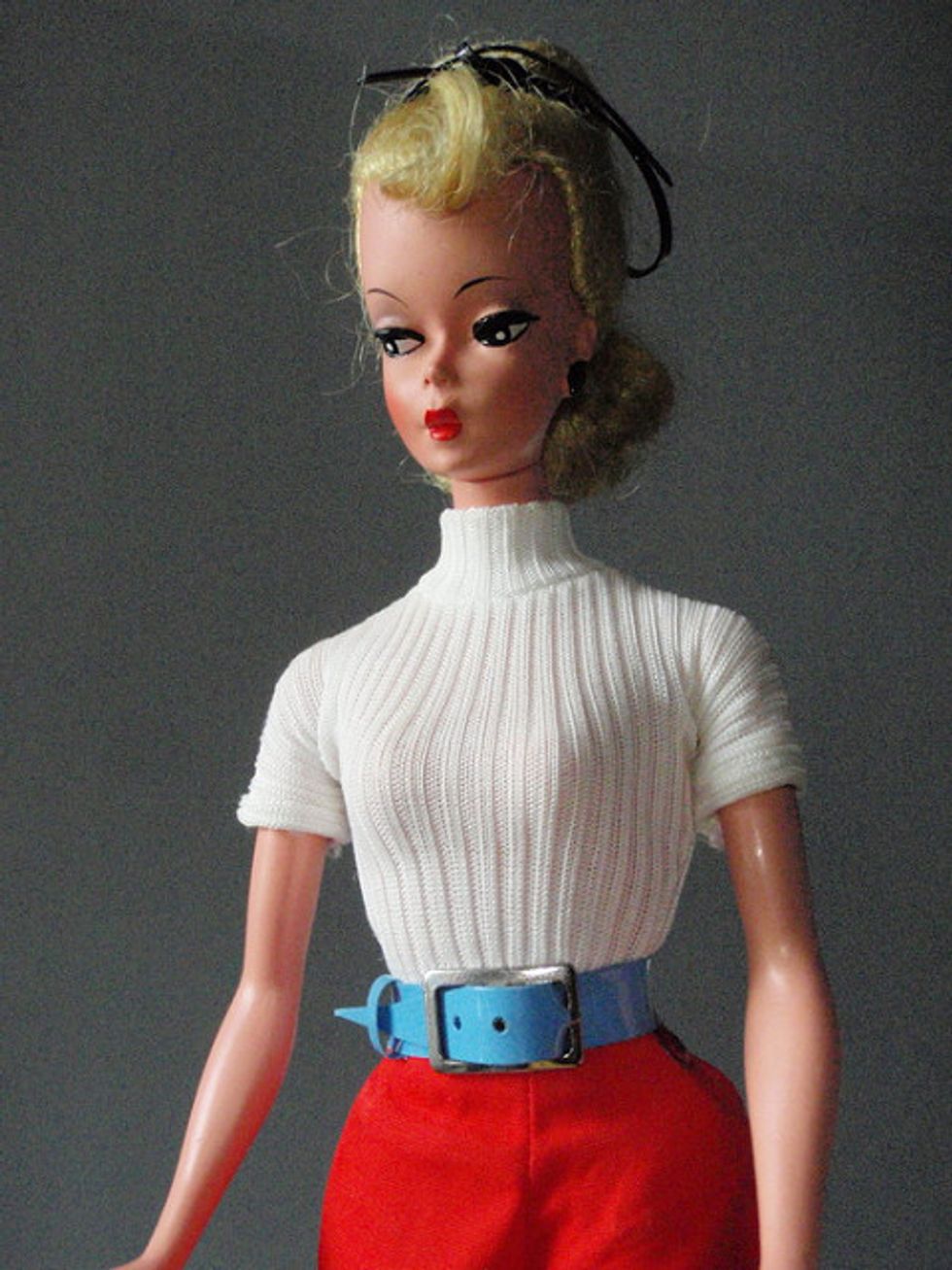All heads turn as she struts passed, her long legs stretch and her hair bounces elegantly out of place. A bright smile flashes a hint of pearly white and her petite frame is supposedly something to die for. For decades, spectators on all sides either hate her or rally in favor. You can brush her hair and take her anywhere. She is a true neutral and her name is Barbie.
When Ruth Handler first created Barbie, named after her daughter Barbara, no company wanted to pick up the adult, woman-bodied doll. Girl toys at the time were modeled after infants or children, though paper dolls were also popular. The dolls were either flat or underdeveloped, making Barbie's plastic boobs quite controversial when the doll finally made her debut in August 1955, picked up by the toy manufacturer, Mattel.
Barbie's looks intimidated mothers who had never seen such an adult-looking toy before, and they had a right to be skeptical. If Barbie is considered a daughter, then her mother would be Bild Lilli, a German fashion doll modeled after a comic strip popular among men. The comic strip depicted a sexy blonde who's character could be described as ambitious, mischievous, and a floozy.
She was often depicted as an exhibitionist and a gold-digger, opposing the typical role and character women were expected to have. Handler came across the dolls on a trip in Europe and became inspired to make what would eventually be Barbie, making the doll's roots even more controversial.
"I never dreamed of trying to change the world, I wanted to show the world as it is, and at that time, there were no women doctors."-Ruth Handler when asked about Barbie being a nurse but not a doctor.
Barbie wasn't made with the intention of creating a feminist icon, as some might consider the doll to be. When the male counterpart, Ken, made his debut, Barbie's career line was created to partner Ken's, and it was as simple as that. Many have also pointed out that the doll's body proportions could contribute to young girls having unrealistic expectations of the natural human body.
Though, Mattel designers claim Barbie's long neck and tiny waist were designed to make her clothing look more natural on her. Barbie was made simply as a toy, with the only intention being to create a blank canvas for young girls to open their imagination.
What made Barbie into an icon and an empowering figure were the hands that held her. While Bild Lilli was created by and for men, Barbie was created by a woman for her daughter and the many other daughters of the nation.
Barbie opened up the dreams and imaginations of young girls, normalizing the idea of a working woman. Barbie dolls acted as a look at adulthood and sexual exploration, or something to rebel against for those who went through phases despising the color pink. Barbie could be anything, and for girls with limitless imagination, the possibilities were endless.
Learn more about Barbie from the Docuseries, The Toys That Made Us.



















